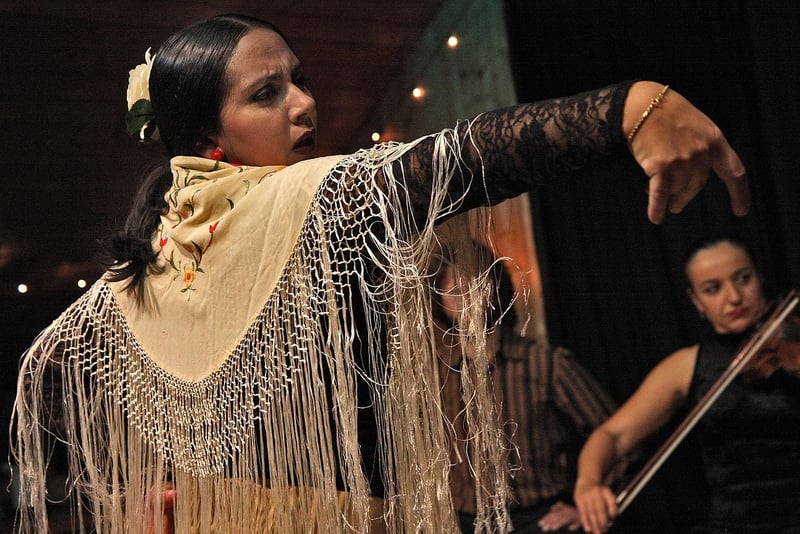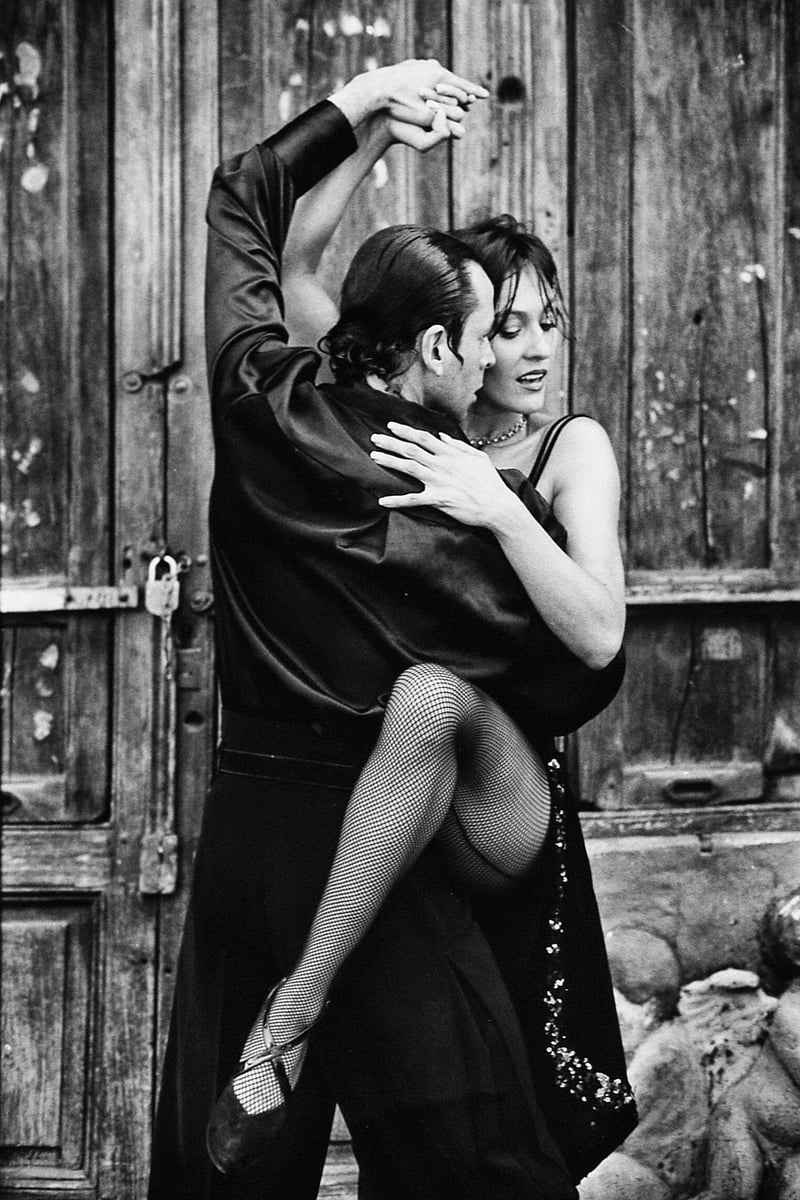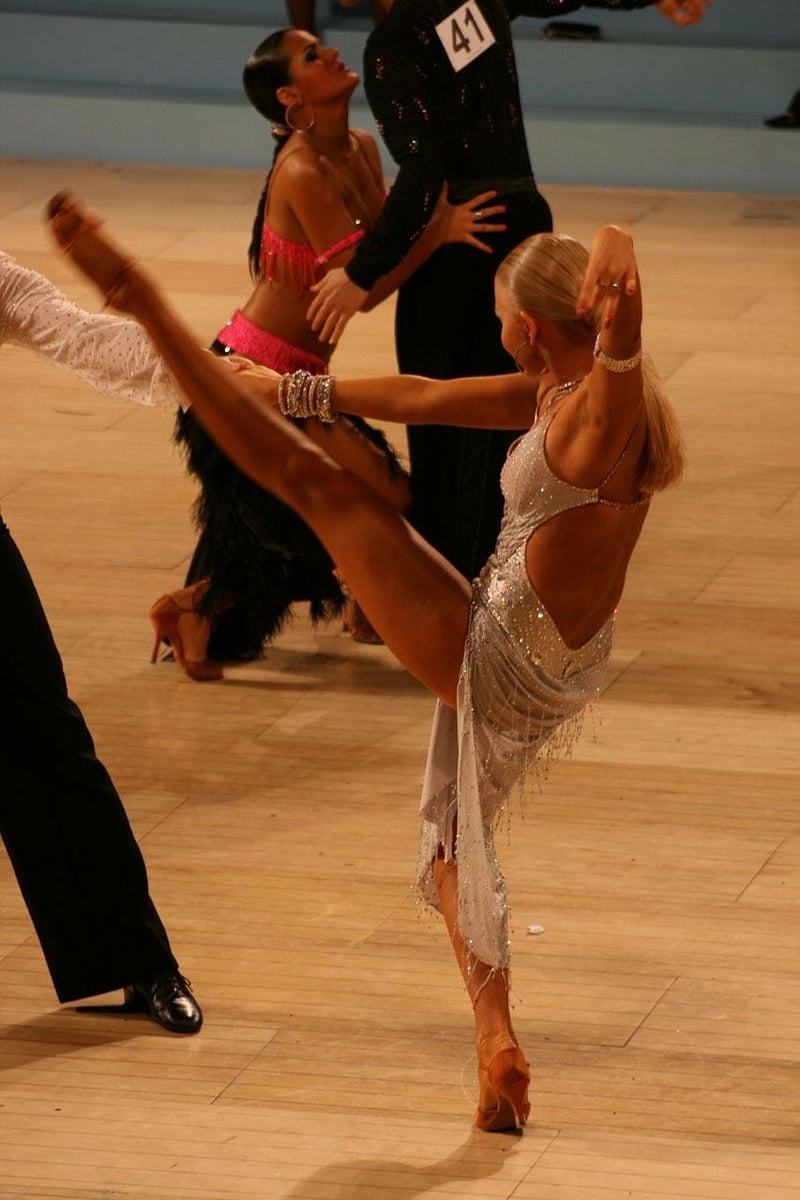Latin Dance
Exploring Expressive Movement Forms in Latin Dance
Latin dance is not just about movements; it's about expressing emotions, stories, and cultural richness through dance. Let's delve into the world of expressive movement forms within Latin dance styles.
Salsa: Rhythmic Passion
Salsa, a popular Latin dance style originating from Cuba, is characterized by its fast-paced footwork, intricate partner work, and vibrant music. The dancers use their entire bodies to convey the passion and energy of the music. Hip movements, shoulder shimmies, and quick turns all contribute to the expressive nature of salsa.

Flamenco: Fiery Elegance
Flamenco, a traditional Spanish dance, is known for its emotional intensity and dramatic flair. The stomping of feet, clapping of hands, and intricate arm movements all tell a story of pride, sorrow, and love. Flamenco dancers use their entire bodies to create a powerful and expressive performance.

Tango: Sensual Connection
Tango, originating from Argentina, is a dance of passion and connection between partners. The close embrace, sharp footwork, and intense gaze all contribute to the sensuality and drama of the tango. Dancers use subtle movements and pauses to communicate longing, desire, and love.

Conclusion
Expressive movement forms are at the heart of Latin dance styles like salsa, flamenco, and tango. Through intricate footwork, body movements, and emotional storytelling, dancers convey a range of emotions and cultural richness. Whether it's the rhythmic passion of salsa, the fiery elegance of flamenco, or the sensual connection of tango, Latin dance offers a powerful way to express oneself through movement.
So next time you hit the dance floor, remember to let your body speak the language of Latin dance!
